Original article:
On January 30th, the World Health Organization declared the 2019 Novel Coronavirus (SARS-CoV-2*) a global health emergency, declaring it an “unprecedented outbreak.” Legitimate concerns of a deadly pandemic have increased due to the virus continuing to spread worldwide, with cases reported in 73 countries spanning across Europe, Asia, South America, North America, and the Eastern Mediterranean Region.
As with every major public health crisis, misinformation and fear run rampant. The importance of fact-based information is tantamount. To this end, the European Sepsis Alliance would like to provide the following answer to the question of whether COVID-19 can cause sepsis. The answer is a qualified “YES.”
The presently accepted definition of sepsis is a life-threatening organ dysfunction caused by a dysregulated host response to infection. From information presently available on clinical cases of COVID-19, it appears that a small percentage of COVID-19 infections can result in such organ dysfunction and death.
To date, the most reliable information on the clinical syndrome resulting from COVID-19 comes from recently published data out of Wuhan, China and was published in the Journal of the American Medical Association (JAMA) on February 7, 2020. The most common symptoms attributed to COVID-19 infection requiring hospitalization were fever, fatigue, and a dry cough. A majority of cases also had low white blood cell counts and abnormal blood clotting parameters. Of patients hospitalized with COVID-19, 26% were sick enough to be treated in an intensive care unit (ICU) – of these, approximately 60% developed respiratory failure and 31% developed shock. Prolonged hospital courses were not uncommon. Fortunately, even among patients ill enough to be hospitalized with COVID-19 infection, only 4% died – meaning that even among hospitalized COVID-19 cases, nearly 96% have survived. Broader epidemiological data from both inside and outside China also support a case fatality rate of about 1%.
However, despite the attention being paid to COVID-19, it is important to realize that it is by no means the deadliest infection globally in 2020. It is not even the deadliest virus. Fewer than 3,200 deaths have been attributed in total to COVID-19. In comparison, the influenza virus has been responsible for at least 16,000 deaths in the United States alone so far in the 2019-2020 influenza season, with an in-hospital death rate near 5% – higher than the 4% in-hospital death rate seen with COVID-19 in China. As an additional frame of reference, recent estimates place the annual deaths due to sepsis worldwide in excess of 11 million.
Treatments and vaccines are being sought with urgency but are unlikely to be available within the next year. In the meantime, all individuals, particularly those in areas where the COVID-19 has already struck, should focus on the basic protective measures recommended by the WHO – handwashing, maintaining social distancing, avoiding touching one’s face, practicing proper respiratory hygiene, staying at home if feeling unwell, and obtaining prompt medical care if the triad of fever, cough, and breathing difficulty develop.
In conclusion, while the fears of a COVID-19 pandemic are legitimate, it is the view of the ESA that robust and appropriately funded healthcare systems, having already improved the survival rates for sepsis significantly over the past two decades, will be able to adequately identify and manage patients with emerging infections such as COVID-19. Additionally, while the majority of individuals affected by COVID-19 will not develop life-threatening sepsis, the global threat posed by COVID-19 does underpin the need for all citizens and healthcare workers to ensure they are familiar with the early signs of sepsis and appreciate that sepsis can be caused by a multitude of infections, such as this novel coronavirus, other viral infections, seasonal influenza viruses, or common bacterial infections such as pneumonia, urinary tract, abdominal, or wound infections. Never has the slogan of the World Sepsis Day Movement rung truer than now – Stop Sepsis, Save Lives.




































